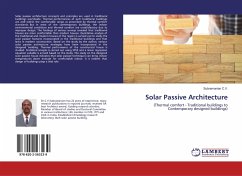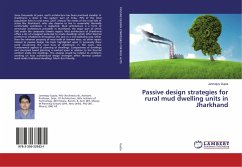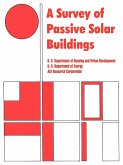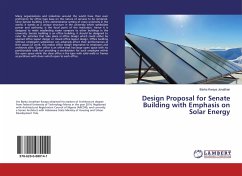Solar passive architecture concepts and principles are used in traditional buildings worldwide. Thermal performances of such traditional buildings are well within the comfortable range as prescribed by thermal comfort standards. But in most of the contemporary buildings, the indoor environmental conditions and thermal comfort are unsatisfactory due to improper design. The findings of various surveys revealed that traditional houses are more comfortable than modern houses. Qualitative analysis of the traditional and modern houses of the region is carried out to study the solar passive features incorporated in the traditional buildings and that lacks in modern construction. Based on the study by the author, various solar passive architecture strategies have been incorporated in the designed building. Thermal performance of the constructed house is studied. Statistical analysis is carried out using SPSS and a linear regression equation suitable is arrived based on the study. The study on the designed solar passive house indicates that solar passive techniques can bring indoor temperatures down enough for comfortable indoor. It is evident that design of buildings plays a vital role.








